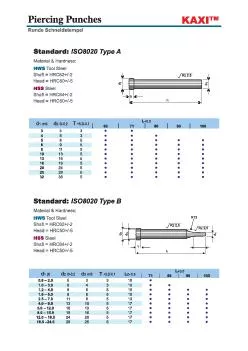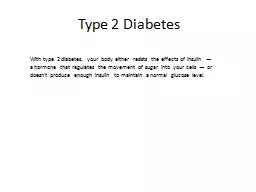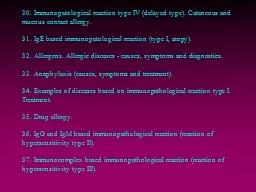PPT-PRESENTATION ON TYPE
Author : brianna | Published Date : 2023-11-21
STUDY OF HERDMANIA Dr Jagdish kaur PGGC Sector 11 Chandigarh ABOUT HERDMANIA Found in shallow nature Commonly called sea squirt It is hermaphrodite Fertilization
Presentation Embed Code
Download Presentation
Download Presentation The PPT/PDF document "PRESENTATION ON TYPE" is the property of its rightful owner. Permission is granted to download and print the materials on this website for personal, non-commercial use only, and to display it on your personal computer provided you do not modify the materials and that you retain all copyright notices contained in the materials. By downloading content from our website, you accept the terms of this agreement.
PRESENTATION ON TYPE: Transcript
Download Rules Of Document
"PRESENTATION ON TYPE"The content belongs to its owner. You may download and print it for personal use, without modification, and keep all copyright notices. By downloading, you agree to these terms.
Related Documents

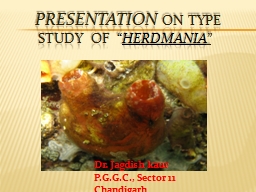


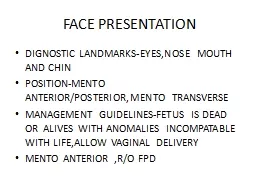
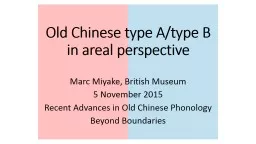

![[type text here] [type text here]](https://thumbs.docslides.com/686010/type-text-here-type-text-here.jpg)

